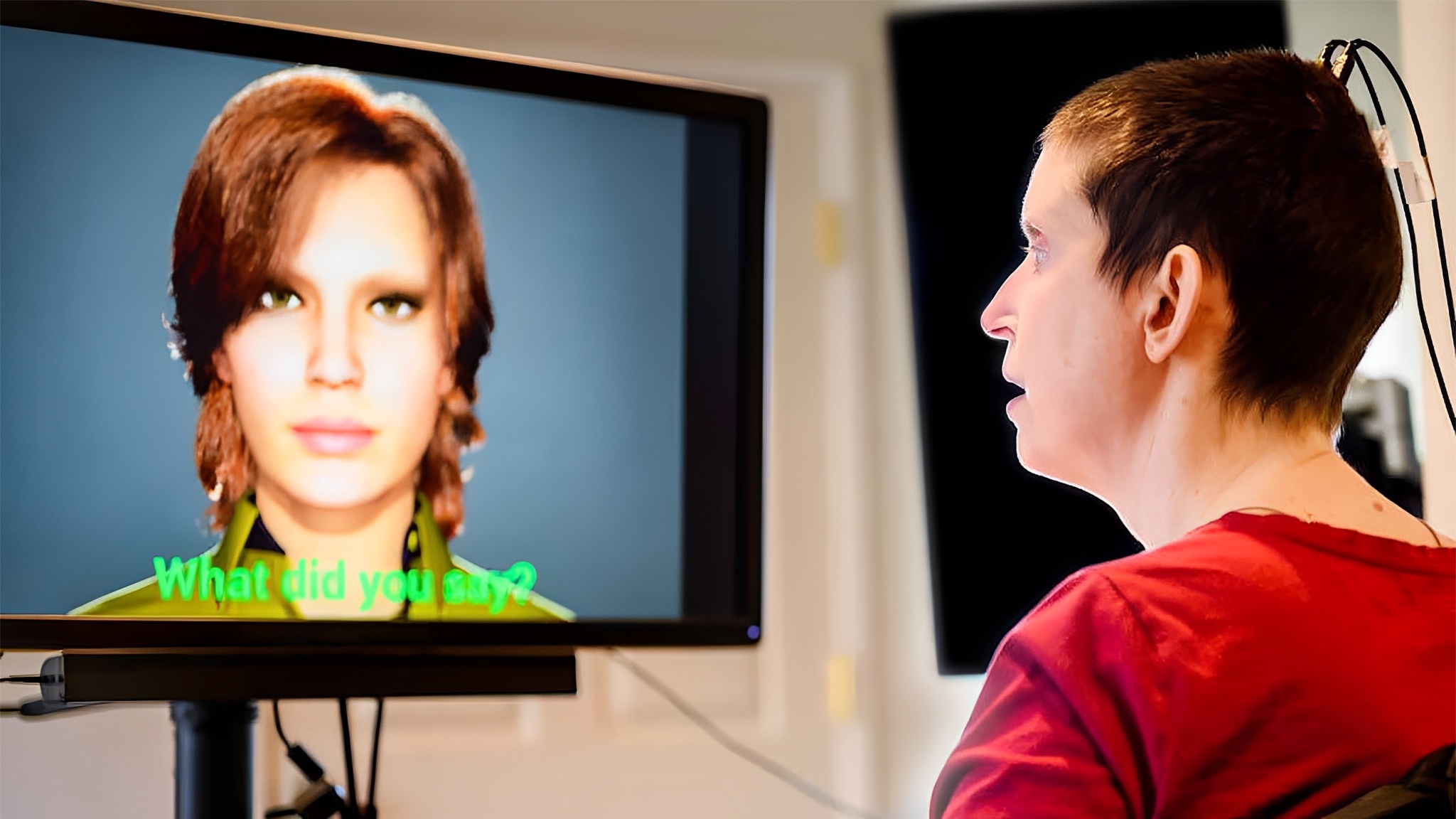Man Takes First Step in 5 Years Thanks to Algorithm that Reads Brain Waves

Spinal cord injuries sever the connection to the brain, making it impossible for the mind to relay messages to walk. But the brain still has the capacity to send signals; paralyzed patients just need a new system that bypasses the spinal cord.
Researchers at the University of California, Irvine, created one such system that allowed a paraplegic man to walk for the first time in five years. The man had been paralyzed from the waist down and was able to take his first steps.
Researchers outfitted him with a system that filtered out electrical signals through an algorithm to isolate brain waves dealing with leg movement. After those signals were processed, they were sent to electrodes placed around the knees, triggering the muscles to move.
The result can be seen in the video below:
“We showed that you can restore intuitive, brain-controlled walking after a complete spinal cord injury, UCI biomedical engineer Zoran Nenadic said in a press release. “This noninvasive system for leg muscle stimulation is a promising method and is an advance of our current brain-controlled systems that use virtual reality or a robotic exoskeleton.”
The next step will be moving into invasive systems, such as brain chips and implants, which would allow for greater precision when initiating movement.
This study is just one in a long line of advancements in exoskeletal and brain-control systems research, giving wheelchair-bound patients hope of reviving their independence in the future.
—
Natalie has been writing professionally for about 6 years. After graduating from Ithaca College with a degree in Feature Writing, she snagged a job at PCMag.com where she had the opportunity to review all the latest consumer gadgets. Since then she has become a writer for hire, freelancing for various websites. In her spare time, you may find her riding her motorcycle, reading YA novels, hiking, or playing video games. Follow her on Twitter: @nat_schumaker
Photo Credit: Shutterstock





